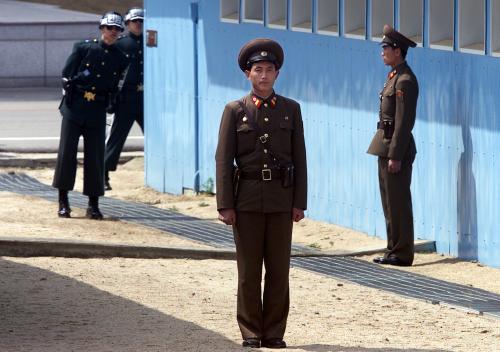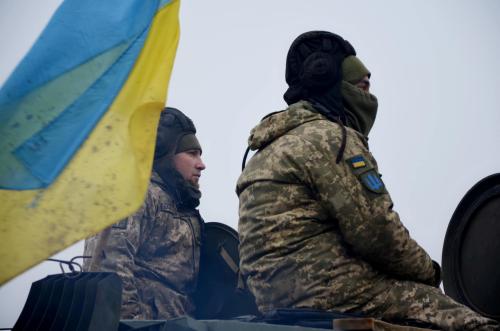Editor’s note: The paper is a chapter of Reducing Nuclear Risks in Europe, edited by Steve Andreasen and Isabelle Williams and published by the Nuclear Threat Initiative.
This chapter addresses NATO’s new Strategic Concept adopted at the November 2010 Lisbon Summit and ongoing discussions under the Deterrence and Defense Posture Review (DDPR) in the context of nuclear weapons strategy in Asia. In particular, it examines how different trajectories of Asian nuclear weapons development could influence future deliberations over nuclear weapons and international security.
The new NATO Strategic Concept revisits nuclear weapons policy in light of major changes in European security and U.S./NATO-Russia relations since the previous strategic review in 1999. The 2010 Strategic Concept embraces two central if seemingly contradictory principles—that NATO is committed to creating the conditions for a world without nuclear weapons in accordance with the Nuclear Non-Proliferation Treaty (NPT); and for as long as there are nuclear weapons NATO will remain a nuclear alliance.
The United States and its alliance partners seek to appreciably reduce the role of nuclear weapons in international security without undermining their essential deterrence function, while also pursuing deeper nuclear reductions and enhanced transparency in future arms control agreements with Russia. NATO’s DDPR is also exploring options to further reduce the numbers and functions of non-strategic nuclear weapons (NSNW) in Europe, thereby more fully aligning NATO policy with the conclusions of the U.S. Nuclear Posture Review (NPR).



